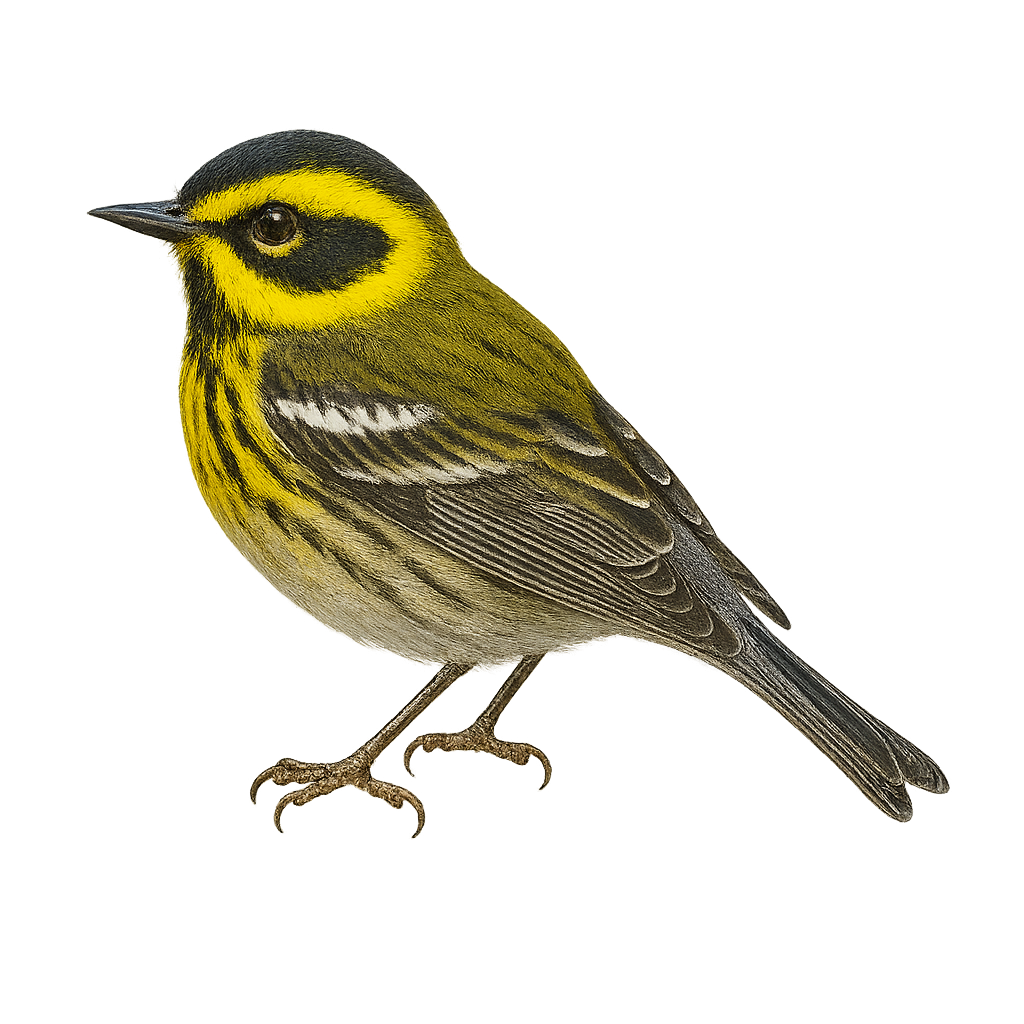Your wildlife photography guide.
Explore the townsend's warbler in detail, study its behavior, prepare your shots.
Where to observe and photograph the townsend's warbler in the wild
Learn where and when to spot the townsend's warbler in the wild, how to identify the species based on distinctive features, and what natural environments it inhabits. The WildlifePhotographer app offers tailored photography tips that reflect the townsend's warbler’s behavior, helping you capture better wildlife images. Explore the full species profile for key information including description, habitat, active periods, and approach techniques.
Townsend's Warbler
Scientific name: Setophaga townsendi

IUCN Status: Least Concern
Family: PARULIDAE
Group: Birds
Sensitivity to human approach: Suspicious
Minimum approach distance: 10 m
Courtship display: May to June
Incubation: 12-14 jours
Hatchings: May to July
Habitat:
coniferous forests, mixed forests
Activity period :
Primarily active during the day, with peak activity in the morning and late afternoon.
Identification and description:
The Townsend's Warbler is a small songbird belonging to the Parulidae family. It is primarily recognized by its distinctive plumage: an olive-green back, bright yellow breast, and black streaks on the head. Males display more pronounced patterns than females. This species is mainly found in the coniferous forests of western North America, where it feeds on insects and spiders. Migratory, it winters in the southern United States and Central America. The Townsend's Warbler is known for its melodious song, composed of clear and repetitive notes. Although its habitat is threatened by deforestation, it is currently classified as a species of least concern by the IUCN.
Recommended lens:
400 mm – adjust based on distance, desired framing (portrait or habitat), and approach conditions.
Photography tips:
To photograph the Townsend's Warbler, it is advisable to use a 400mm lens or longer to capture precise details without disturbing the bird. Look for areas of coniferous forests where these birds are active, especially during migration periods. Be patient and discreet, as although they are suspicious, they can be observed closely if you remain still. Use a tripod to stabilize your camera and wait for the bird to perch on an open branch to get a sharp and well-lit shot.
The WildlifePhotographer App is coming soon!
Be the first to explore the best nature spots, track rutting seasons, log your observations, and observe more wildlife.
Already 1 439 wildlife lovers subscribed worldwide

